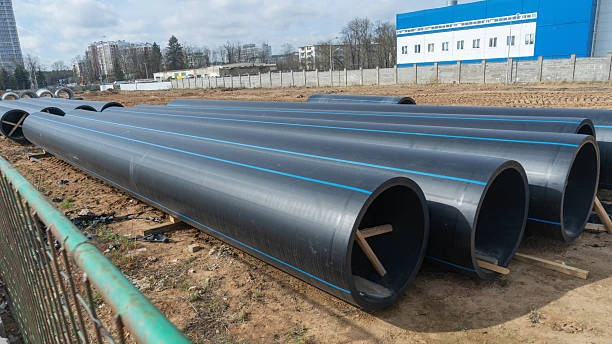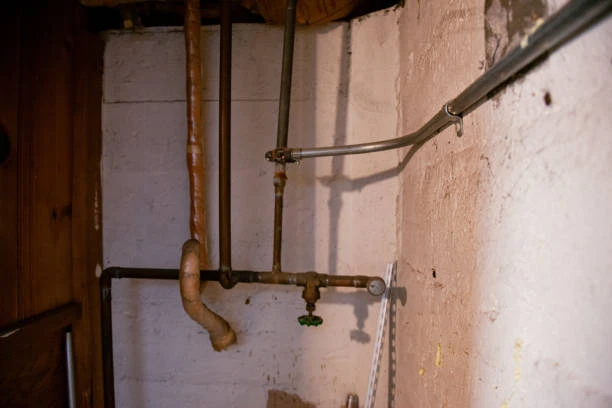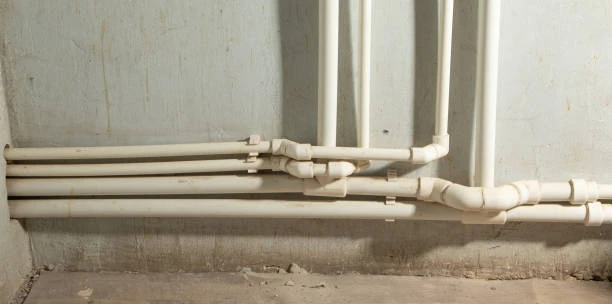1. Introduction
HDPE tubing (High-Density Polyethylene tubing) is a flexible, durable, and highly versatile piping solution used in a wide range of industries. Its excellent chemical resistance, high strength-to-density ratio, and UV stability make it a reliable choice for fluid transport in both commercial and residential applications. In this article, we’ll explore the key uses of HDPE tubing, its defining properties, and why it’s become a preferred material in modern infrastructure and engineering systems.
2. Frequently Asked Questions (FAQ)
1. What is HDPE piping used for?
HDPE tubing is used to transport water, gas, chemicals, and compressed air in plumbing, agriculture, industrial, and electrical conduit systems.
2. Is HDPE piping safe for drinking water?
Yes, HDPE tubing is non-toxic and NSF-certified for potable water applications.
3. Can HDPE piping be used underground?
Absolutely. HDPE tubing is UV-resistant and durable, making it suitable for both above-ground and underground installations.
4. What temperatures can HDPE tubing handle?
HDPE tubing typically handles temperatures from -40°C to +60°C, depending on the pressure and application.
5. How long does HDPE tubing last?
With proper installation, HDPE tubing can last over 50 years, even in challenging environments.
3. Characteristics of HDPE Tubing
HDPE tubing is manufactured from thermoplastic polymer resin with the following properties:
Flexibility: Ideal for installations requiring bending without fittings
Corrosion resistance: Impervious to rust and most chemicals
High impact strength: Withstands physical stress and ground movement
Low friction: Ensures smooth flow with minimal pressure loss
Lightweight: Easy to transport and install
Non-toxic and food-safe: Certified for drinking water and food-related uses
4. Key Uses and Applications of HDPE Tubing
HDPE tubing is widely used across various industries due to its adaptability and performance.
a. Water Supply and Distribution
HDPE tubing is a top choice for municipal and residential water distribution. It maintains water purity, resists scale buildup, and is highly durable against both pressure and corrosion. It’s commonly used in:
Potable water systems
Rural and remote water delivery
Temporary water lines
b. Agricultural Irrigation
In agriculture, HDPE piping is essential for delivering water efficiently to crops. Its UV resistance and flexibility make it perfect for:
Drip irrigation systems
Sprinkler lines
Greenhouse misting setups
Fertilizer injection systems (chemigation)
c. Gas Distribution
MDPE and HDPE piping are widely used in low-pressure natural gas and propane distribution systems. The tubing’s integrity and flexibility make it ideal for underground installations with shifting soil conditions.
d. Industrial Fluid and Chemical Transport
HDPE tubing resists a wide range of industrial chemicals, making it suitable for:
Acid and alkali transport
Compressed air lines
Coolant delivery in machinery
Wastewater and effluent systems
e. Electrical and Communication Conduits
As a conduit, HDPE piping protects electrical and fiber-optic cables in both underground and exposed installations. Benefits include:
Moisture barrier
Impact resistance
Smooth interior for easy cable pulling
Long coil lengths reduce jointing
f. Mining and Slurry Transport
The mining sector uses HDPE tubing for its abrasion resistance and pressure capacity. Common applications include:
Slurry transport
Process water lines
Tailings disposal systems
g. Marine and Underwater Applications
Due to its buoyancy and corrosion resistance, HDPE tubing is well-suited for:
Floating dredge lines
Aquaculture water delivery
Submarine pipelines
5. Selecting the Right HDPE Tubing
When choosing HDPE tubing, consider the following:
a. Size and Wall Thickness
Choose tubing that matches your flow rate, pressure requirements, and space constraints.
b. Pressure Rating
Common ratings include PN10, PN12.5, PN16, and PN20. Select based on your system pressure.
c. Temperature Range
Ensure the tubing is suitable for the working environment. HDPE softens at high temperatures.
d. Certification and Compliance
Look for standards such as NSF/ANSI 61, ASTM D2737, ISO 4427, or local plumbing codes.
e. Color Coding
Color stripes indicate application:
Blue for potable water
Yellow for gas
Green for sewer/wastewater
Black for general purpose
6. Installation Guidelines
Installing HDPE tubing is straightforward, but good practices help extend service life:
Use proper trenching and bedding to protect tubing from damage
Avoid sharp bends to maintain smooth internal flow
Join using mechanical fittings, barbed connectors, or heat fusion techniques
Anchor or secure tubing in windy or mobile installations
Test the system for leaks before full operation
7. HDPE Tubing vs. Other Tubing Materials
| Feature | HDPE Tubing | PVC Tubing | Copper Tubing | PEX Tubing |
|---|---|---|---|---|
| Flexibility | Excellent | Moderate | Poor | Good |
| Chemical Resistance | Excellent | Good | Moderate | Good |
| Installation Ease | Easy | Easy | Difficult | Easy |
| Corrosion Resistance | Excellent | Good | Poor (may corrode) | Excellent |
| Cost | Moderate | Low | High | Moderate |
| Temperature Tolerance | -40°C to +60°C | 0°C to +60°C | Up to +100°C | -40°C to +80°C |
8. Conclusion
HDPE tubing has proven itself as a reliable, efficient, and cost-effective solution for a wide range of fluid transport needs. Its chemical resistance, flexibility, and durability make it indispensable across sectors like agriculture, plumbing, gas distribution, and industry. By selecting the right type and installing it correctly, users can enjoy long-term performance and peace of mind.
IFAN international standard
HDPE pipes are manufactured in accordance with multiple international standards to ensure quality, durability, and application safety. In the U.S., ASTM D3035 and ASTM D3350 define the dimensional and material requirements for HDPE pressure pipes. ISO 4427 and EN 12201 are widely accepted global and European standards for HDPE pipes in water and wastewater systems. DIN 8074/8075 specify German technical norms, while GB/T 13663 is the standard in China. AS/NZS 4130 applies in Australia and New Zealand, and JIS K6760 covers Japanese quality criteria. BS 6572 outlines standards for HDPE pipes in the UK, and CSA B137.1 regulates their use in Canada. These standards ensure that HDPE piping systems meet essential criteria for pressure resistance, chemical stability, and long-term performance in infrastructure and industrial applications.
Connect
IFAN is a reputable Chinese manufacturer with 30 years of expertise in plastic pipes, fittings, and valves. We specialize in copper fittings, brass valves, and plastic piping solutions that meet a wide range of plumbing needs.
If you want to learn more about our cost-effective valve products and comprehensive piping systems, please contact us. Our professional team will reply within 24 hours to assist with your requirements.
Contact Information:
- For more information,pls visit our webside https://waterpipefitting.com/
Pls Mailto: [email protected]
Whatsapp: +86 15088288323
Feel free to reach out anytime for questions about our products or technical advice.














Recent Comments